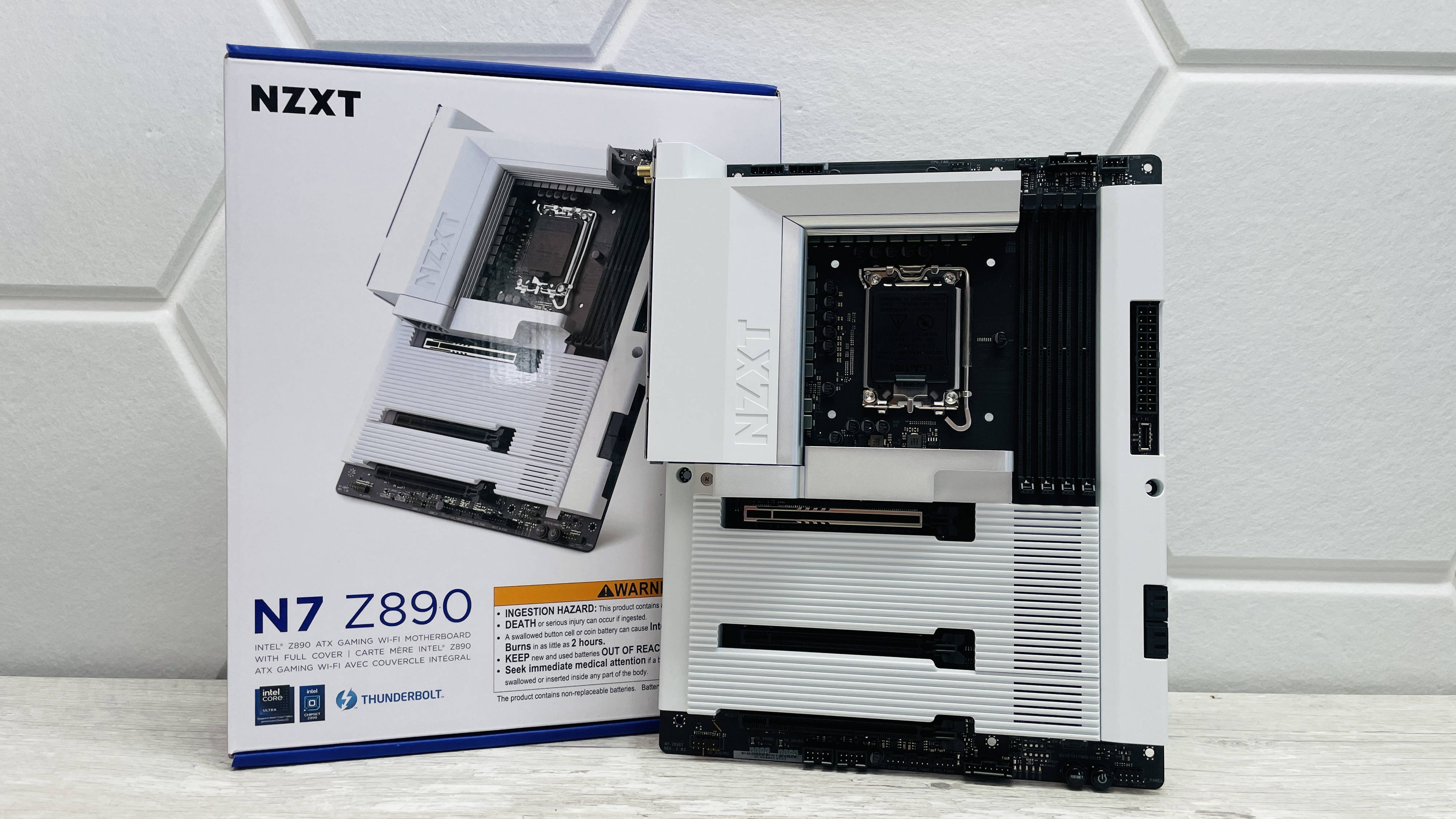Best Diablo 4 Rogue builds: Penetrating Shot and Twisting Blades AOE damage
These are the skills and aspects you'll need for the best rogue build in early Diablo 4.
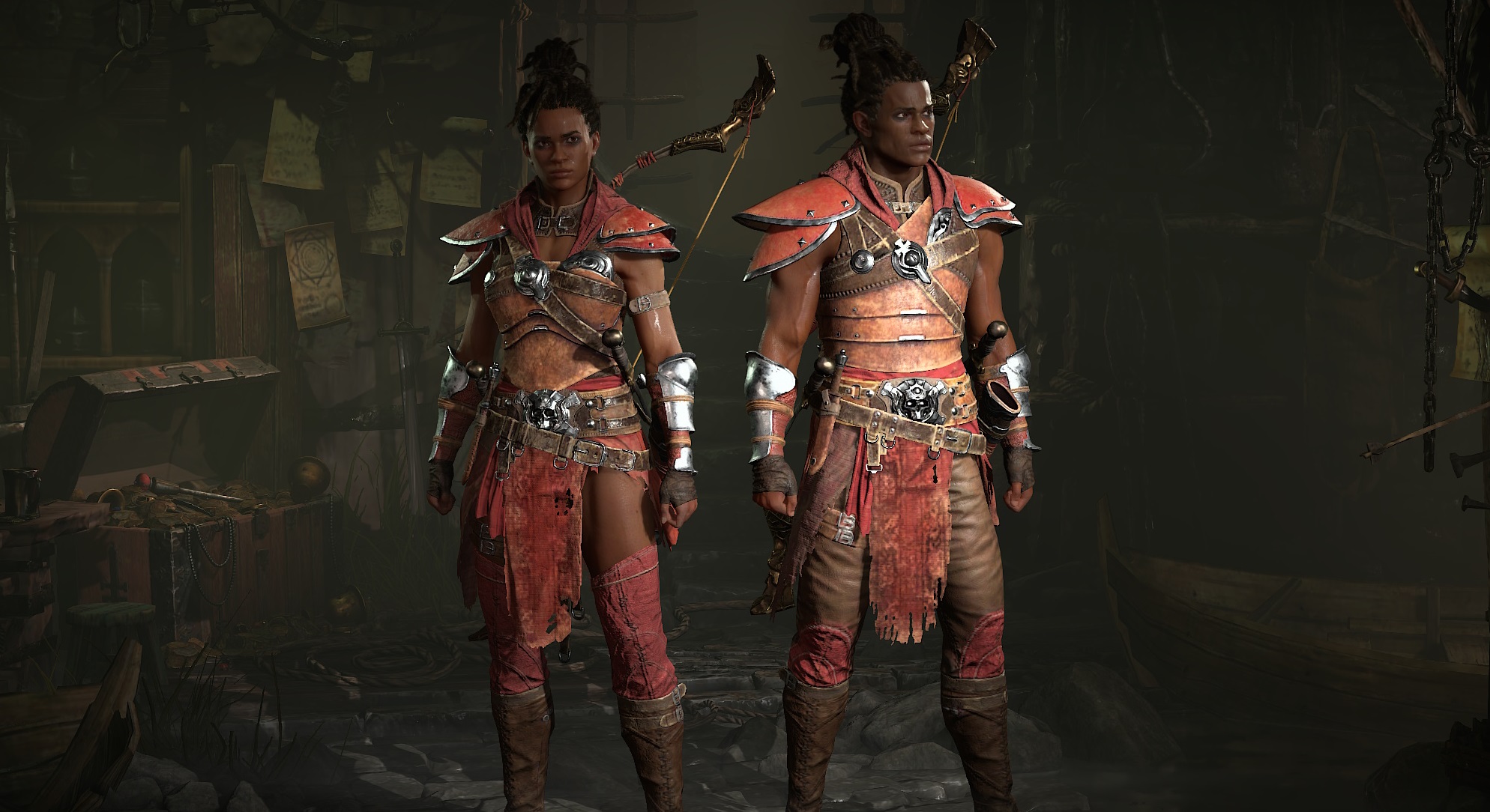
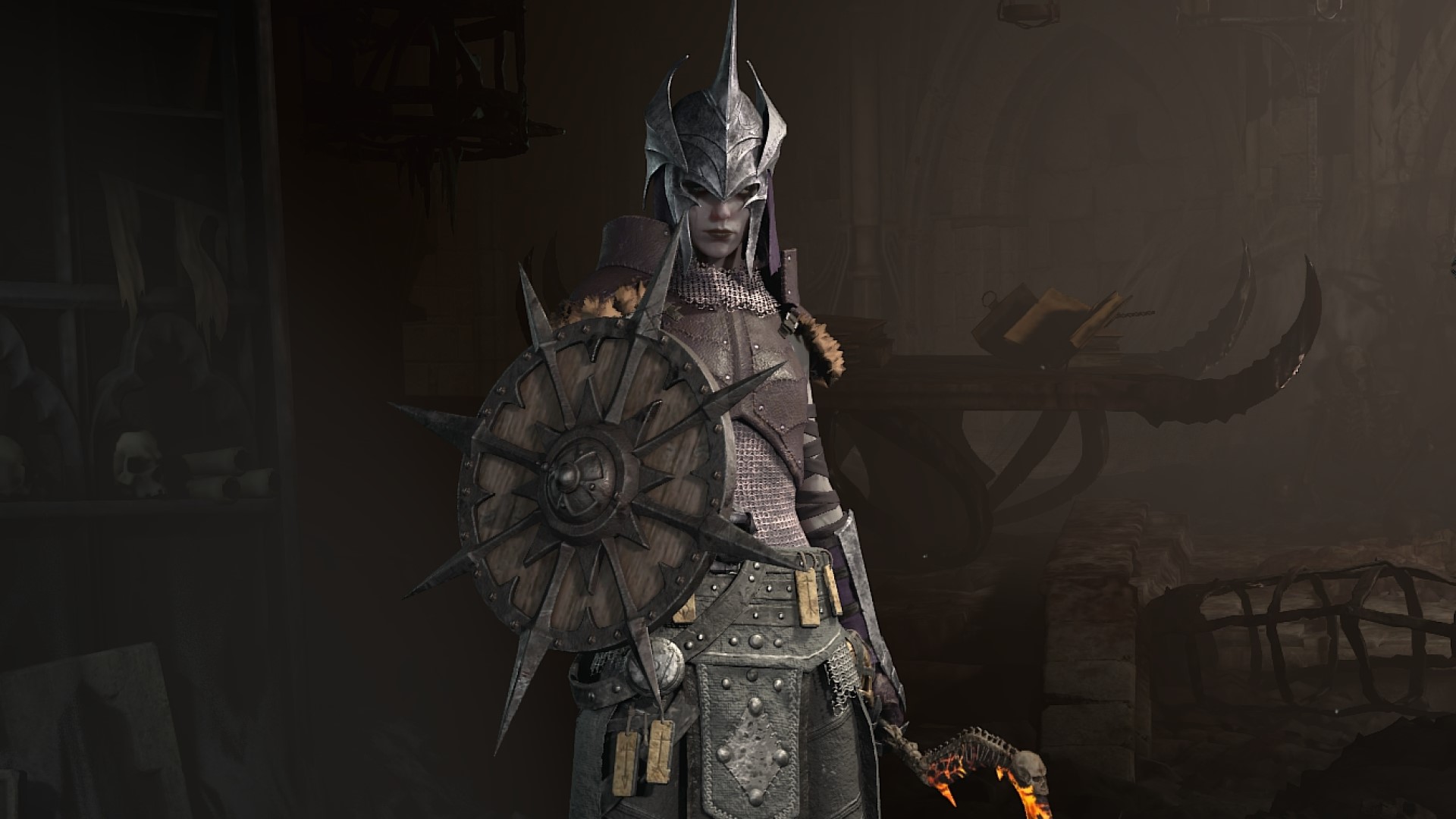
Diablo 4 Sorcerer build: Element-ary
Diablo 4 Barbarian build: Stay buffed
Diablo 4 Druid build: Air and weres
Diablo 4 Necromancer build: Stay undead
The best Diablo 4 Rogue build that will sweep through demons and bosses on your way to the endgame depends on your playstyle. Bow lovers will want to take a look at the Penetrating Shot build we've put together, but stabby Rogues can just as easily pick up Twisting Blades and see a similar amount of success.
Diablo 4 classes start out very versatile and start to narrow down as you get closer to level 50. As you spend points in the skill tree, it gets more expensive and more of a hassle to swap them around. You don't need to fully commit to the builds here, but if you want to feel confident that you won't have to waste too much gold perfecting your build, we've got you covered.
Best Rogue ranged build guide: Penetrating Shot
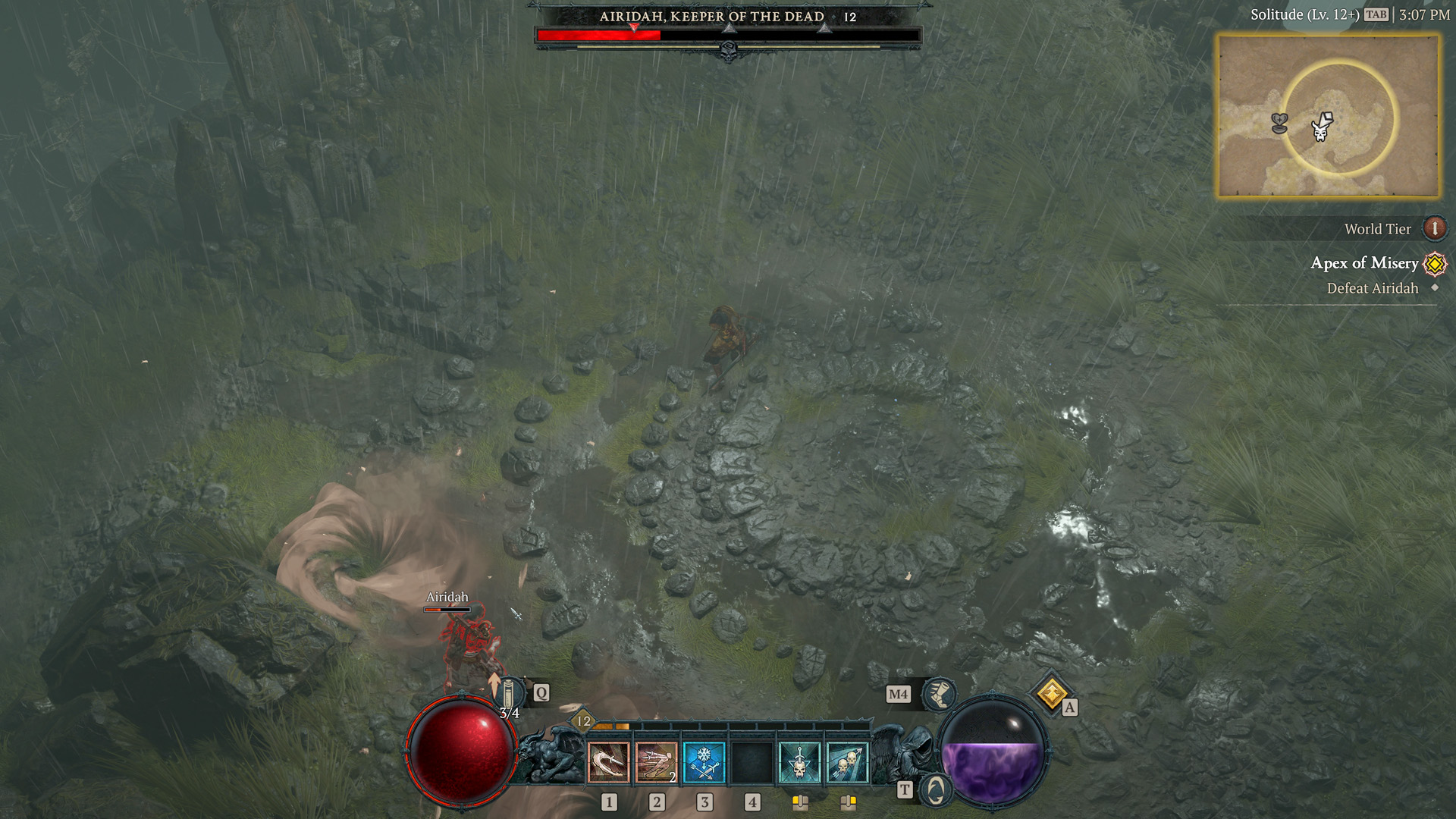
Rogue rating: 🗡️🗡️🗡️
Pros: Quickly carving through large groups of enemies in dungeons.
Cons: Suffers in single-target and can feel slow under level 30.
The best Diablo 4 Rogue ranged build only sort of feels like playing a Rogue. Penetrating Shot is certaintly shot from a bow but it acts like a magical bolt of energy rather than a powerful arrow. But what this build lacks in classic Rogue fantasy, it makes up for in sheer power when it comes to obliterating weak enemies.
Think of this build as a bunch of tools to apply Vulnerable to enemies and to fill time between your Penetrating Shots. Vulnerable is a status effect that makes enemies take 20% extra damage and it's the primary reason your Penetrating Shots will nearly insta-kill weak enemies.
Like many Diablo 4 builds, think of this one as a framework for your Rogue. Don't be afraid to tweak it if you pick up a particularly powerful piece of gear or Legendary Aspect.
Skills
- Puncture: Take this mid-range basic skill and upgrade it with Enhanced Puncture and then Fundamental Puncture to apply vulnerability to enemies.
- Penetrating Shot: Grab both Enhanced Penetrating Shot and Improved Penetrating Shot and also drop four more points into updagrading Penetrating Shot. This is the backbone of your build.
- Dash: Dash is a really utilitarian movement skill that will also help you apply your imbuement (below) in your wake.
- Shadow Imbuement: Once you reach Shadow Imbuement, upgrade it with Enhanced and Blended Shadow Imbument. This is where you can start to work around guaranteed Vulnerable effect applications.
- Dark Shroud: I recommend taking Dark Shroud to protect yourself while you keep firing Penetrating Shot. Enhanced Dark Shroud and Countering Dark Shroud are important upgrades too.
You can pick up Poison Imbuement, but it's mostly only useful on bosses for its damage over time effect. Boss fights in Diablo 4 don't give you a lot of time to stand still and shoot, so having ticking poison on a boss while you dodge attacks can help a ton.
For this build you don't actually need an ultimate skill, so save your skill points for investing in passives instead.
Keep up to date with the most important stories and the best deals, as picked by the PC Gamer team.
🗡 Apply Dark Shroud at the start of a fight.
🗡 Use Shadow Imbuement to imbue your next skills.
🗡 Use one Penetrating Shot followed by a Dash to spread your shadow imbuement to the group of enemies.
🗡 Weave together three basic skill Punctures followed by Penetrating Shot to take advantage of combo points and repeat.
🗡 Reapply Shadow Imbuement and Dark Shroud as available off cooldown.
Passives and Specialization
At level 15, specialize in Combo Points. As noted in the playstyle above, you'll stack Combo Points with your basic skill puncture and deal increased damage with your core skill Penetrating Shot.
Here are the passives you'll want to pick to synergize with all the vulnerability application in this build:
- Weapon Mastery: takes advantage of your frequent use of bow or crossbow skills to deal extra damage to vulnerable enemies or increased critical strike chance.
- Precision Imbuement: Increased critical strike chance for imbued skills.
- Malice: (Requires Exploit passive first) Increased base damage against vulnerable enemies.
- Shadow Crash and Consuming Shadows: Both will increase the utility of all your shadow damage application with chance to Stun and regenerate Energy.
As with the melee build below, the Key Passive at the end of your skill tree Victimize will causes Vulnerable enemies to explode.
Aspects
| Aspect of Corruption | Incrases the potency of your imbued skills against vulnerable enemies which creates a sort of feedback loop with your Blended Shadow Imbuement upgrade. |
| Trickshot Aspect | Turns your Penetrating Shot into a three-pronged attack with two offshoot arrows. |
| Edgemaster's Aspect | Deals increased damage while your available Energy remains high. |
| Rapid Aspect | Increased attack speed for your basic skill (Puncture). |
| Aspect of the Expectant | Like combo points, increases your next Core Skill use (Penetrating Shot) by using Basic skills before (Puncture) |
Best Rogue melee build guide: Twisting Blades
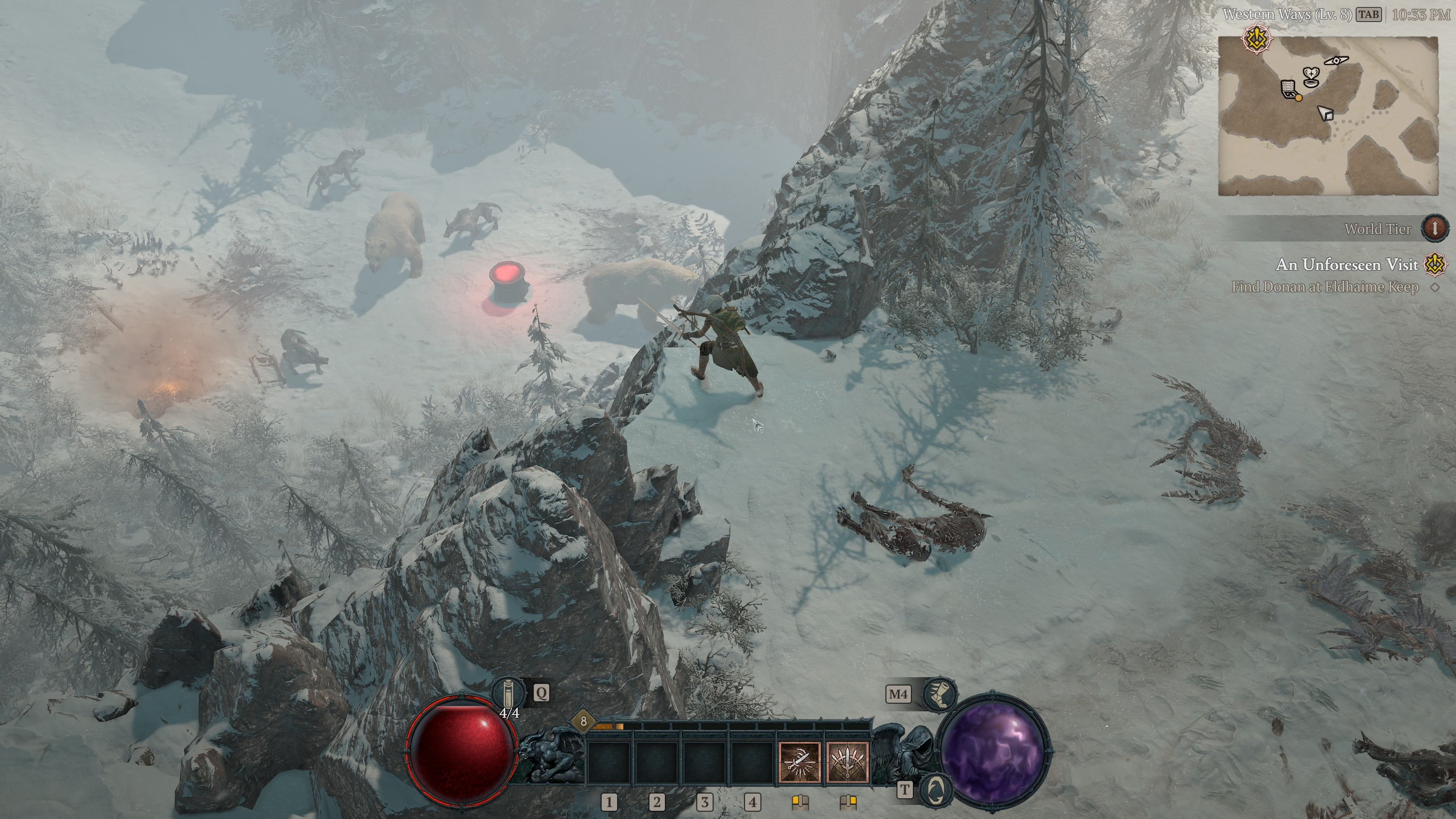
Rogue rating: 🗡️🗡️🗡️🗡️🗡️
Pros: A defensive melee build with loads of movement.
Cons: Suffers in single-target fights where movement is limited.
Say what you will about glass cannon classes, but the melee rogue build can help you actually survive at close range while dealing all the intense damage that scoundrels with daggers are known for. Twisting Blades is the highly powerful damage skill that you'll be buffing up with Shadow Imbuement for infection damage and the Bladedancer's Aspect to turn it into an area-of-effect skill. Who says a knife's only good at close range?
Skills
- Blade Shift: With Blade Shift as a basic skill, you'll be able to pass through enemies freely most of the time, super useful for the mobility this build relies on. Take Enhanced and Fundamental upgrades.
- Twisting Blades: The backbone of this build, impales a target enemy then boomerangs back to you, piercing enemies it passes through along the way. Take Enhanced and Advanced upgrades.
- Shadow Step: Another key movement skill, use this to teleport behind and stab a target enemy. Take Enhanced and Disciplined as upgrades.
- Shadow Imbuement: Imbues your next skills with shadow damage to infect enemies who will explode when they die and damage those around them. Pick up the Enhanced and Blended upgrades.
- Dash: A damage and movement skill that will help you reposition and apply shadow imbuement mid-fight. Take Enhanced and Disciplined upgrades.
- Shadow Clone: Your ultimate skill, summons a clone that will replicate your actions for a percentage of your own damage.
There are a few variations on this build going around the Diablo 4 community, but the four core skills are Twisting Blades, Shadow Step, Shadow Imbuement, and Dash. You can take either Blade Shift (melee) or Puncture (ranged) as a basic skill—I'd recommend the former but Puncture can upgrade into making enemies Vulnerable instead or if you just want the Slow debuff every third cast. Some versions suggest taking Concealment from the subterfuge category as your sixth skill but I'd wait for the ultimate skill Shadow Clone instead.
Use Shadow Imbuement to deal shadow damage with your next two skills.
🗡 Use Twisting Blades on a high priority target like an elite or boss.
🗡 Immediately move across the fight with either Shadow Step or Dash so that the return flight of your twisting blades will pierce and apply shadow damage to enemies between you and your initial target.
🗡 If there's a large group or elite enemy, use Shadow Clone for extra damage assist.
🗡 Stack a combo of your basic skill Blade Shift and when at combo stack 3, begin again with Twisting Blades.
🗡 Reapply Shadow Imbuement as available off cooldown.
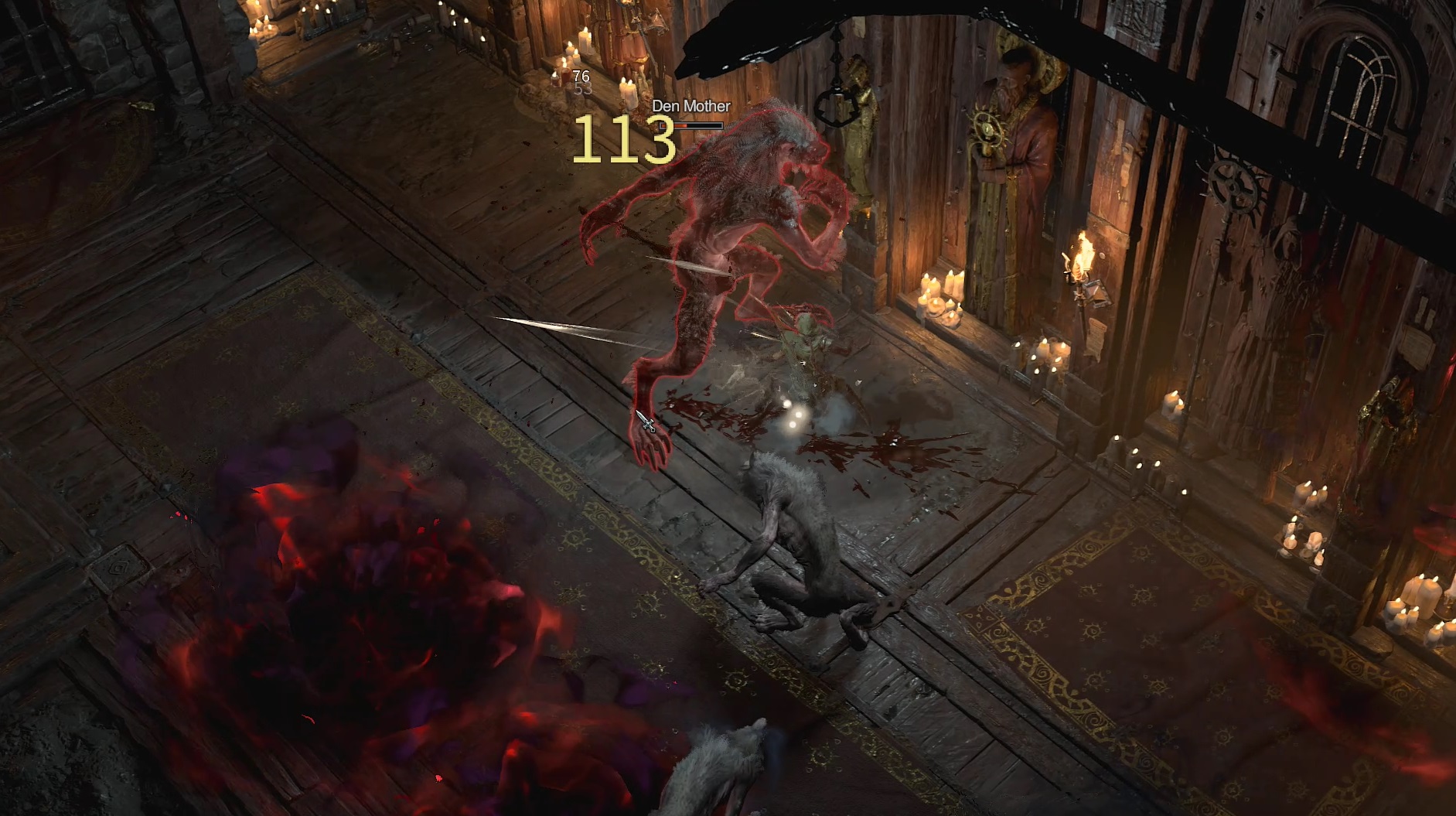
Passives and Specialization
You can take either Combo Points or Inner Sight as a specialization at level 15. Inner Sight grants four seconds of unlimited energy after filling its gauge by attacking randomly marked enemies. Combo Points synergizes basic and core skills, granting extra damage to your Twisting Blades for each combo of Blade Shift.
You can adjust this build for single targets like dungeon bosses or world bosses by using the Inner Sight specialization instead of Combo Points. With Inner Sight, attacking marked enemies fills your gauge which, when full, gives unlimited energy for four seconds. Along with the cooldown reduction you'll get from Advanced Twisting Blades, you'll stay mobile and fire off serious burst damage with the same Shadow Imbuement > Twisting Blades > Dash rotation.
Here are the passives to prioritize for this build:
- Sturdy: close damage reduction to help with survivability
- Siphoning Strikes: heal from critical strikes on close enemies
- Precision Imbuement: increased crit rate for imbued skills
- Shadow Crash: Gives shadow damage the ability to apply stun
- Consuming Shadows: Generate energy when killing an enemy with shadow damage
For a key passive at the end of your ability tree, take Victimize which has the chance to cause an explosion when damaging a vulnerable enemy. That's even more explosive potential than you're getting from Shadow Imbuement. You'll be applying a lot of vulnerability through the explosions that Shadow Imbuement causes after you get the Blended Shadow Imbuement upgrade.
Aspects
This build has one primary legendary aspect and several other nice-to-have aspect choices:
| Bladedancer's Aspect | Every version of this build calls for the Bladedancer's Aspect as the most important legendary aspect, which causes your Twisting Blades skill to orbit around you when they return, dealing additional short-range damage. |
| Aspect of Surprise | I really enjoy the Aspect of Surprise as well, which drops a group of Stun Grenades behind you every time you use Shadow Step or your normal evade ability. I got attached to that effect real fast. |
| Aspect of Unstable Imbuements | Aspect of Unstable Imbuements is a good pair for the Shadow Imbuement skill |
| Ravenous Aspect | Killing a Vulnerable enemy grants additional energy regen. |

Lauren has been writing for PC Gamer since she went hunting for the cryptid Dark Souls fashion police in 2017. She accepted her role as Associate Editor in 2021, now serving as self-appointed chief cozy games and farmlife sim enjoyer. Her career originally began in game development and she remains fascinated by how games tick in the modding and speedrunning scenes. She likes long fantasy books, longer RPGs, can't stop playing co-op survival crafting games, and has spent a number of hours she refuses to count building houses in The Sims games for over 20 years.

